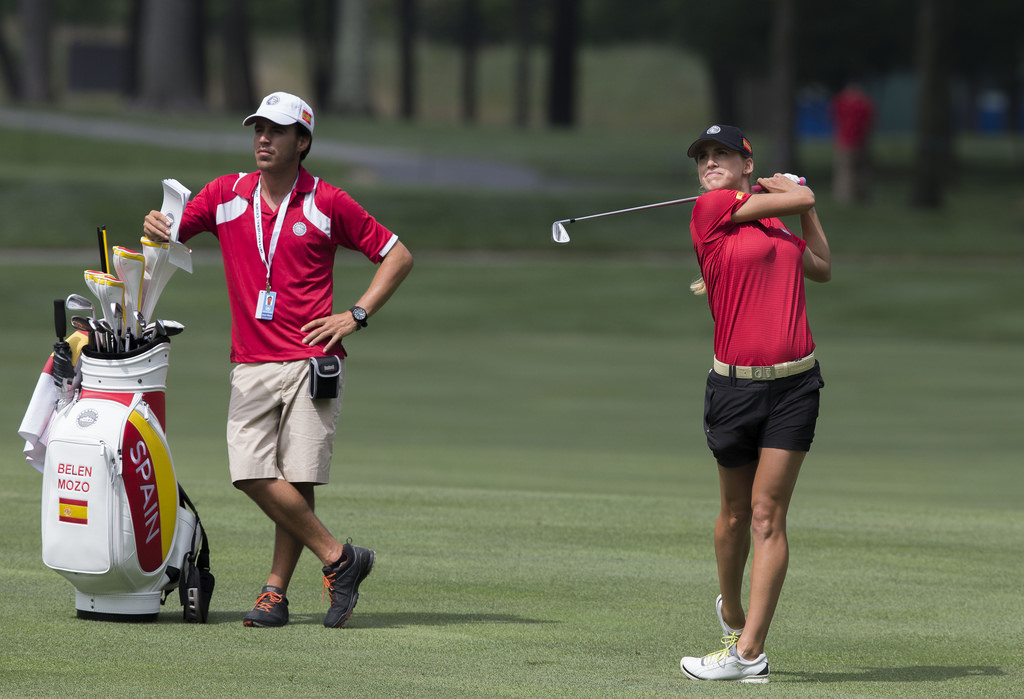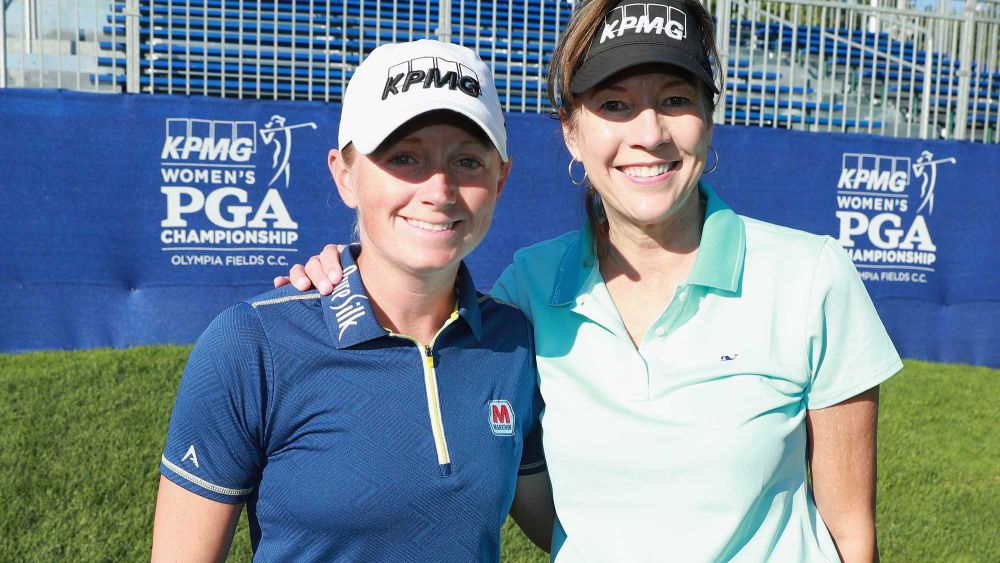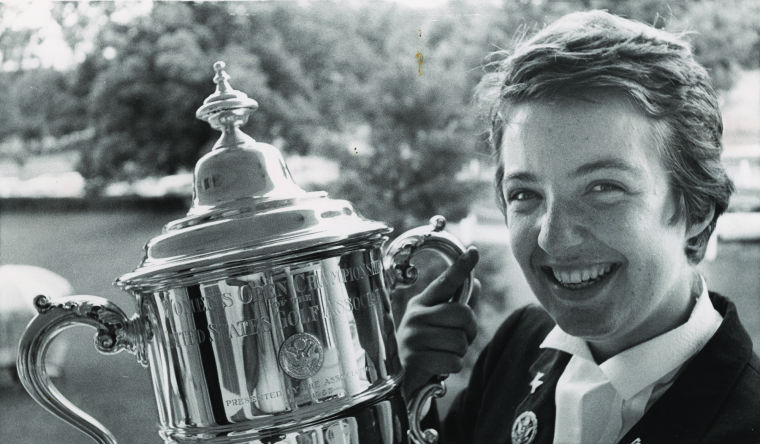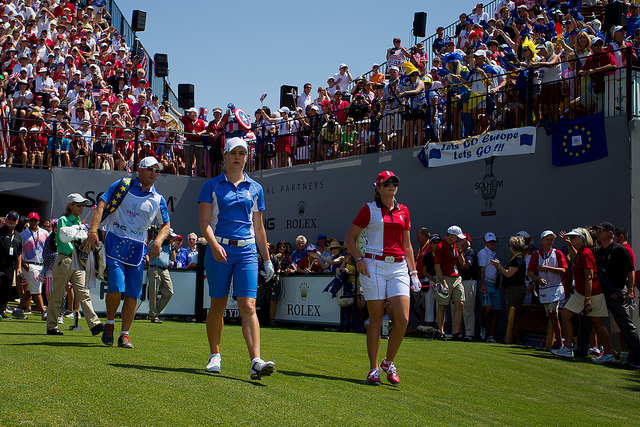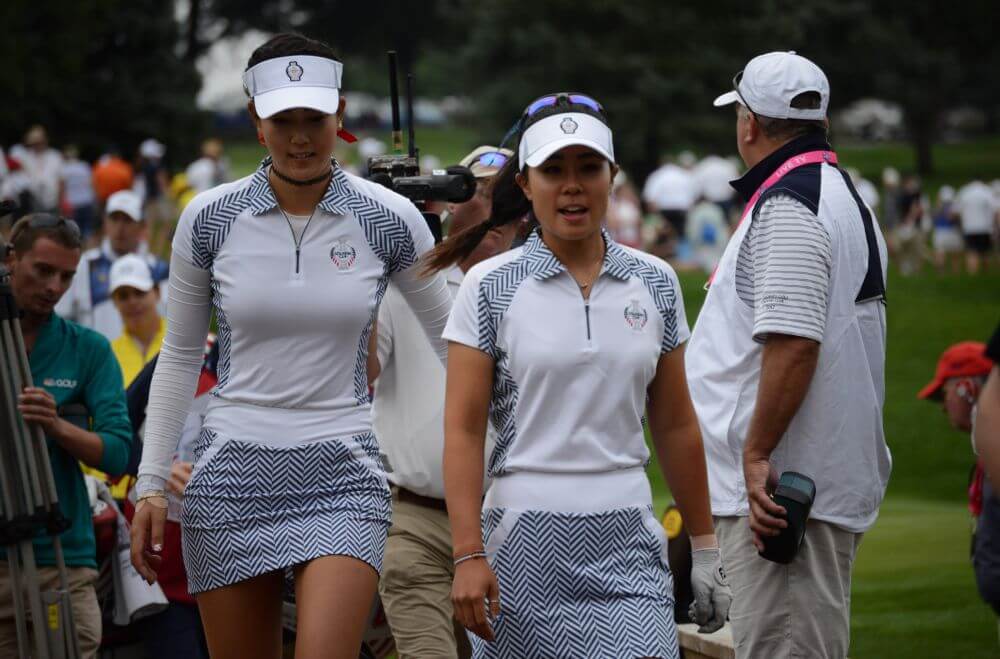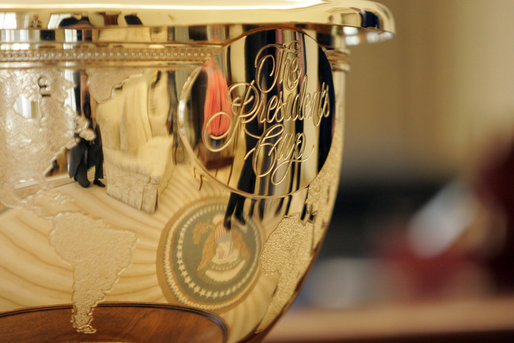This is a very timely question because this week at the LPGA UL International Crown, four women golfers from eight different countries will be competing for three days in a common team format – known as the “Fourball” or as the LPGA terms it the “Four-ball.” The 2016 International Crown will be played at a new course for the LPGA Tour – the Merit Club just outside Chicago. This is the second LPGA UL International Crown Tournament, which is played in alternative years of the Solheim Cup.
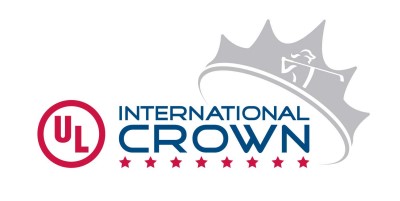 Both the International Crown and the Solheim Cup use team-competition formats. The Solheim Cup uses both “Foursome” and “Fourball” formats and singles matches for the final round. But, the Crown uses the “Fourball” format for three days of team matches (twosomes vs. twosomes) and then singles matches on the on the final round. Plus there is a unique “wild card” playoff on the final day.
Both the International Crown and the Solheim Cup use team-competition formats. The Solheim Cup uses both “Foursome” and “Fourball” formats and singles matches for the final round. But, the Crown uses the “Fourball” format for three days of team matches (twosomes vs. twosomes) and then singles matches on the on the final round. Plus there is a unique “wild card” playoff on the final day.
In the International Crown, players from each “country” will be earning points for her “country.” The country that has earned the most points brings home the Crown.
Check out the International Crown website where you will see what players and what countries are playing against each other. It is already determined and all according to the Rolex World Ranking points.
So, what is the difference between the Foursome and the Fourball?
The Fourball
The Fourball is very often called a “Betterball.” Here’s how it works. Two women from one country (call them Team Red) compete against two women from another country (call them Team Blue). Each team uses the score of the player that played best on that hole. At the end of the round, each Team adds up its best scores for each hole. The team with the lowest total score wins and earns points for her team. This is an easy format to follow on TV. The scoreboard will read for each country and match “up one”, “down one” or “even” as the match proceeds.
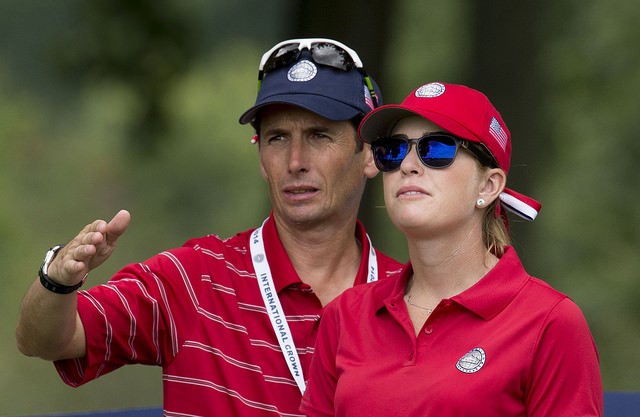
The Fourball or Betterball is also popular among recreational golfers. Sometimes the whole field is divided into two teams and at the end of the round, the scores of all the Team Reds are compared to the scores of all the Team Blues to determine which Team won. It’s a great format for golfers because both players usually have opportunities to play well when their partner is having a bad hole. And that is very enjoyable and rewarding.
The Foursome
In contrast, the “Foursome” format is often called an “Alternate Shot” format. It is not being used in the International Crown. But it is worth understanding the difference from the Fourball because it is a common format among recreational golfers. And, you will also see it in the men’s Ryder Cup September 27- October 2 in Minnesota and in the 2017 women’s Solheim Cup.
In the Foursome or Alternate Shot format, each player in each two-some hits every other shot. (The players usually alternate the tee shots.) Example: Team-Red-Player-A tees off and then her partner Team-Red-Player-B hits the ball from where Player A’s ball landed, and then Team-Red-Player-B hits the ball – continuing on until Team Red’s ball is in the cup – counting the total number of strokes taken by Team Red on all the holes. The Team B players follow the same format. The total scores are added for both Team Red vs. Team Blue and the Team with the fewest number of strokes is the winner.
There is quite a bit of strategy in the Foursome format. For example, let’s say I am hitting the tee shot, my partner may say, “Hit it off to the right because I like coming in from that side.” Or, a player may advise her partner to not try to hit over a big water hazard and risk hitting into the water; and instead, suggest laying up short because she is really good with a certain distance from there to the green.
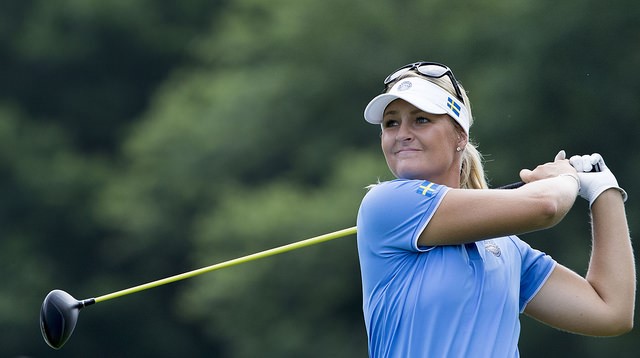
There are also some variations of the Alternate Shot format. For example, the Pinehurst format – popular in the U.S. and sometimes referred to as the “American Pinehurst”– usually uses a drive from each partner and a second alternate shot by the other partner on that second shot. Then the two-some-team picks the ball in the best position (counting the first two shots of the ball used) and hits alternatively from then on for a final score for that hole.
The Foursome is not one of my favorite formats for recreational golfers. There are too many “I’m so sorry I hit in the bunker” and “So sorry I missed that putt.” Women don’t want to spend four hours saying “I’m sorry.” When the Alternate Shot or Pinehurst is used for a mixed men/women team format (often married couples), it is jokingly referred to as the “Divorce Open” – for good reason.
There you have it. Everything you need to know to watch the upcoming Fourball (or Betterball) LPGA UL International Crown. For those readers who play at clubs that have a tournament schedule, suggest to your golf professional or women’s golf committee to include the Foursome and the Fourball formats in the season. It’s always easy to designate one set of nine (or just three holes) using each format.
Often different golfers will excel at different formats. And the more women who understand the format, the more fans and players the game of golf will attract. That’s always my mission.
Image Credit: Photos of 2014 UL International Crown by Keith Allison under Creative Commons License

